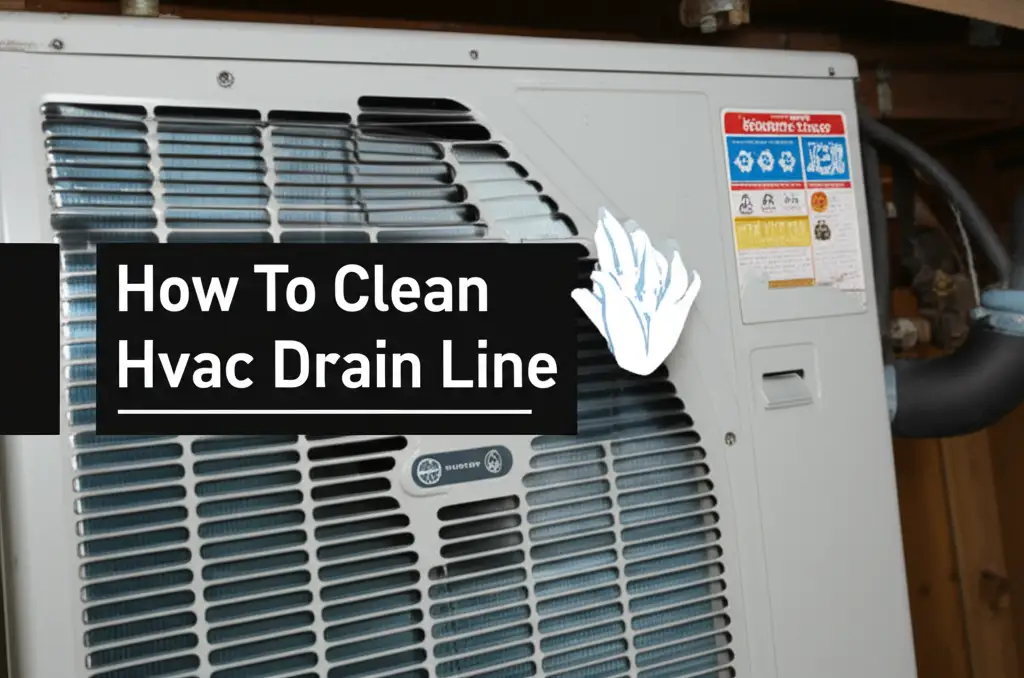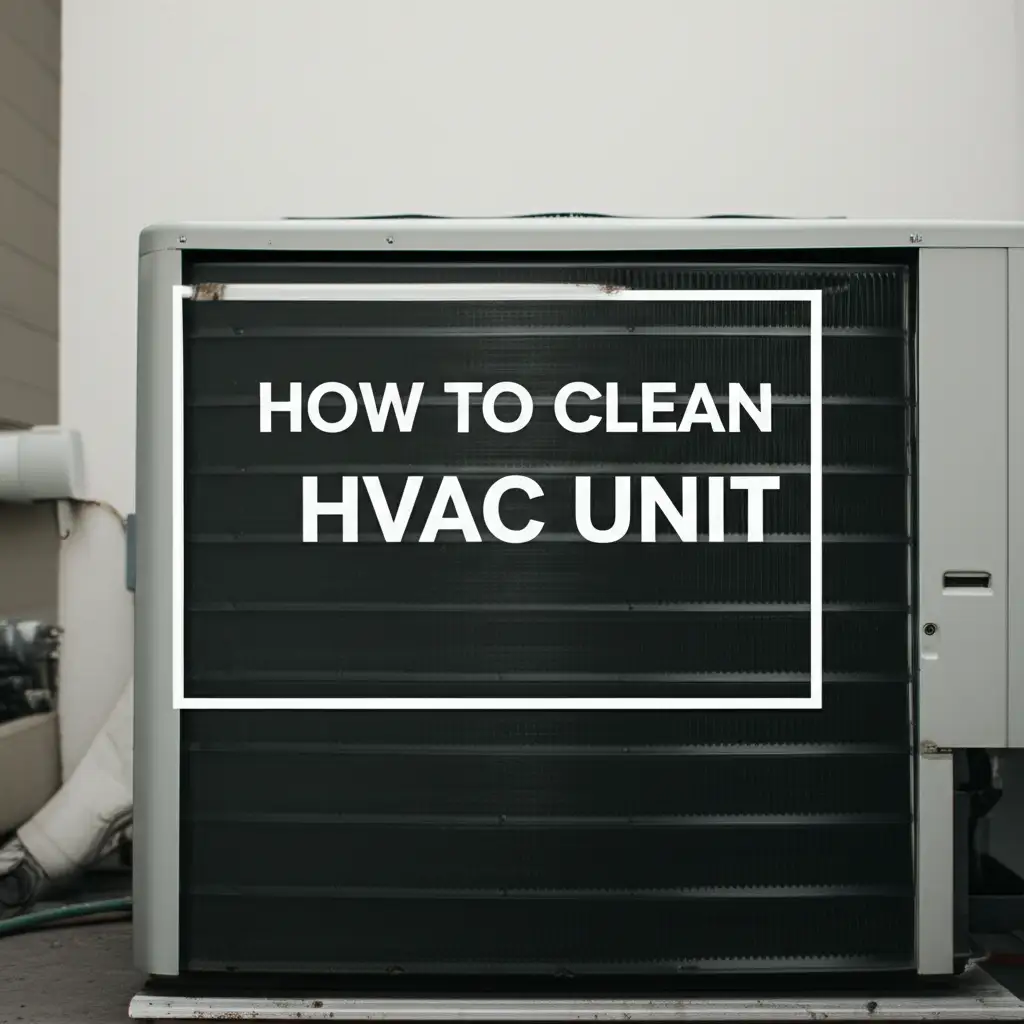· HVAC Maintenance · 13 min read
How To Clean Cad Cell On Oil Burner

Clean Your Oil Burner’s Cad Cell: Essential Guide
A warm home brings comfort, especially during cold months. An oil burner powers many heating systems. This system relies on many small parts to work right. One vital component is the Cad cell. Sometimes your oil burner stops working. A dirty Cad cell often causes this issue. Cleaning the Cad cell can restore your heat. It also helps your system run efficiently.
This guide helps you understand the Cad cell’s role. I will show you how to identify problems. We will cover the steps to safely clean your oil burner’s Cad cell. This process can save you money on service calls. It also helps you avoid cold nights. You will learn about necessary tools and safety. Follow these steps to keep your heating system reliable. Let us begin making your oil burner work better.
Takeaway:
- Turn off power: Always shut off electricity to the oil burner first.
- Locate the Cad cell: Find the small sensor near the burner flame.
- Remove and clean: Carefully take out the cell and wipe away soot.
- Inspect and reassemble: Check for damage, then put it back.
- Restore power: Turn power on and test the burner.
Cleaning a Cad cell on an oil burner involves turning off power, carefully removing the sensor, and gently wiping away soot or dirt from its surface with a soft cloth or brush, then reinstalling it to ensure proper flame detection and safe burner operation.
Understanding the Cad Cell’s Role in Your Oil Burner
The Cad cell, also called a photocell or flame sensor, plays a crucial safety role. It detects if a flame is present in your oil burner’s combustion chamber. When the burner starts, the fuel sprays and ignites. The Cad cell “sees” this flame. It then sends a signal to the primary control. This signal tells the control that the burner is working correctly.
If the Cad cell does not see a flame, it triggers a safety shutdown. This prevents unburned oil from accumulating. Unburned oil creates dangerous fumes or even explosions. Soot and carbon deposits can block the Cad cell’s view. This makes it think there is no flame. The burner then goes into “lockout.” This means it stops trying to ignite. You experience a “no heat” situation. Regularly checking and cleaning this sensor ensures your furnace runs safely. It also helps prevent unexpected shutdowns. This small part is critical for reliable heating.
Recognizing Symptoms of a Dirty Cad Cell
A dirty Cad cell often causes specific problems with your oil burner. One common symptom is frequent burner lockouts. Your furnace tries to start, runs for a short time, then stops. It might make a clicking sound before shutting off. You then need to press the reset button. The burner may start again, only to repeat the cycle. This happens because the Cad cell cannot properly detect the flame.
Another sign is the burner not starting at all. You hear it attempt to ignite, but nothing happens. The safety lockout engages immediately. Your house gets cold. You might also notice unusual odors around the burner. This indicates inefficient combustion due to improper flame sensing. Ignoring these signs can lead to more serious issues. A clean Cad cell ensures the burner operates as it should. Pay attention to how your heating system behaves. Prompt action can prevent a complete system failure.
Essential Tools and Safety Precautions Before You Begin
Before you start any work on your oil burner, gather the right tools. You will need a screwdriver set, likely Phillips and flathead types. A soft cloth or a small brush, like a toothbrush, is crucial for cleaning. A can of compressed air can also help remove loose debris. You might need a wrench for some models. Always have a flashlight to see inside dark areas. Good lighting is important for safety and precision.
Safety is the top priority. First, turn off the electrical power to your oil burner. Find the dedicated circuit breaker for your furnace. Flip it to the “off” position. This prevents accidental startup. Test the system to confirm power is off. Wear appropriate safety glasses to protect your eyes. Gloves can protect your hands from oil or sharp edges. Do not rush any step. Oil burners contain fuel lines and high-voltage components. If you feel unsure, call a professional. Working safely prevents accidents and damage.
Step-by-Step Guide to Accessing the Cad Cell
Accessing the Cad cell is the first practical step. Always ensure the power is off first. Locate the primary control box on your oil burner. This box often has a reset button on it. The Cad cell is usually found near the burner’s observation port. It sits in a small tube or holder that points towards the flame. The exact location varies by burner model. Consult your owner’s manual if you have trouble finding it.
Once you locate the general area, you may need to remove a small cover. This cover protects the burner’s internal components. Use your screwdriver for this task. The Cad cell is wired into the primary control. You will see a pair of thin wires running from the cell. These wires connect to terminals on the control box. Carefully note how these wires are routed. This helps you reassemble everything correctly. Do not pull on the wires themselves. Instead, work with the mounting bracket or screw. This ensures you do not damage the electrical connection.
Gently Removing and Cleaning the Cad Cell
After accessing the Cad cell, you can carefully remove it. The cell usually slides out of its holder. Some models may have a small retaining screw. Loosen this screw if present. Gently pull the Cad cell assembly out. It might be snug due to soot or grime. Take care not to bend or break the wires. Once removed, inspect the cell itself. You will see a small, light-sensitive element. This element looks like a small disc or rod.
This element is what needs cleaning. It is often covered in black soot. Use a soft, lint-free cloth to wipe the surface. A microfiber cloth works well. You can also use a soft-bristle brush, like a clean toothbrush. Gently brush away the soot and carbon deposits. Do not use harsh chemicals or abrasive materials. These can damage the sensitive surface. If the soot is stubborn, a tiny bit of rubbing alcohol on the cloth may help. Make sure the surface is completely dry before reinstallation. A clean surface allows the Cad cell to “see” the flame clearly. You might be surprised how much soot accumulates. For more tips on removing stubborn burnt residues, you can also check out our guide on how to clean burnt oil from stainless steel pan.
Inspecting the Cad Cell and Reinstallation
Once the Cad cell is clean, take time to inspect it thoroughly. Look for any visible damage. Check the wires for fraying or cracks in the insulation. Ensure the wire connections are secure. If the ceramic body of the cell is cracked, it needs replacement. A damaged cell will not function correctly. A clean cell has a clear, unblemished surface. If it looks cloudy or scratched after cleaning, it might be worn out.
Now, carefully slide the cleaned Cad cell back into its holder. Make sure it sits firmly in place. Tighten any retaining screws you loosened earlier. Ensure the cell points towards the combustion chamber opening. This allows it to see the flame. Reconnect the wires to the primary control if you disconnected them. Double-check that all connections are tight. Put back any covers you removed. Ensure all panels are securely fastened. This protects the internal components and prevents air leaks. Just like when you clean crud off a cast iron skillet, proper reassembly is key after cleaning.
Testing Your Oil Burner After Cad Cell Cleaning
After cleaning and reinstalling the Cad cell, it is time to test your oil burner. First, double-check that all covers are in place. Make sure all tools are clear from the burner area. Then, go back to your circuit breaker panel. Flip the breaker for your furnace back to the “on” position. Your primary control box might have a small status light. Observe it for any error codes.
Next, set your thermostat to call for heat. The burner should now attempt to start. Listen for the normal ignition sequence. You should hear the fan motor, then the ignition transformer click. The flame should then establish itself. If the burner starts and runs steadily, you have succeeded. Let it run for several minutes to ensure stable operation. If it still goes into lockout, you may have another issue. Sometimes, other components like the nozzle or fuel filter need attention. For issues like cleaning burnt grease from bottom of frying pans, simple cleaning can fix them, and the same often applies to the Cad cell.
When to Consider Cad Cell Replacement
Cleaning the Cad cell often solves lockout issues. However, sometimes cleaning is not enough. The Cad cell itself can wear out over time. Its sensitive element degrades from heat and light exposure. This degradation makes it less responsive. It might fail to send a proper signal even when clean. If your burner still locks out frequently after cleaning, replacement is likely needed.
Symptoms for replacement are similar to a dirty cell. The burner cycles on and off repeatedly. It might refuse to start altogether. A professional technician can test the Cad cell’s resistance. This test measures its electrical response to light. If the resistance values are outside the manufacturer’s specifications, replacement is necessary. Replacing a Cad cell is a straightforward job for a qualified technician. Do not hesitate to call for help if problems persist. A new Cad cell restores reliable and safe operation.
General Oil Burner Maintenance Tips
Beyond cleaning the Cad cell, other maintenance tasks keep your oil burner running well. Regular filter changes are vital. A dirty oil filter restricts fuel flow. This stresses the oil pump and affects combustion. Replace your oil filter annually, or more often if recommended. Inspect your burner’s nozzle annually as well. The nozzle atomizes the oil for proper burning. A worn or dirty nozzle causes inefficient combustion.
Vacuum the area around your burner regularly. Dust and debris can clog air intakes. Keep the combustion air supply clear. Check for any oil leaks around the burner and fuel lines. Address any leaks immediately. Schedule annual professional tune-ups. A technician can perform a thorough cleaning of the heat exchanger. They can also check combustion efficiency and adjust settings. Proactive maintenance prevents costly breakdowns. It also ensures your heating system runs efficiently all winter long.
Troubleshooting Common Oil Burner Issues Beyond the Cad Cell
While a dirty Cad cell is a frequent culprit for burner problems, other issues can arise. If your burner still experiences lockouts after cleaning the Cad cell, look at the fuel supply. Check if your oil tank has enough fuel. A low tank can cause the burner to starve. Inspect the oil lines for air leaks. Air in the lines disrupts fuel flow. You might need to bleed the air out.
Another common problem is a clogged oil filter. A blocked filter prevents proper oil delivery to the nozzle. Replace it if it looks dirty. The igniter also plays a key role. If it is faulty, it will not spark to ignite the oil. A professional might need to test or replace it. Lastly, ensure the burner’s air intake is clear. Restricted airflow leads to incomplete combustion and soot buildup. Addressing these items helps keep your burner running smoothly. For other stubborn household stains, remember resources like how to clean burnt water off glass stove top.
FAQ Section
How often should I clean the Cad cell on my oil burner?
You should inspect and clean your Cad cell annually. This is best done as part of your yearly oil burner maintenance. Some homes with older burners or higher oil consumption may benefit from more frequent checks. Cleaning helps prevent unexpected furnace shutdowns. It keeps your heating system reliable.
Can a dirty Cad cell cause my oil burner to use more fuel?
Yes, a dirty Cad cell can indirectly cause your oil burner to use more fuel. If the Cad cell is dirty, it may cause frequent burner lockouts. This means the burner attempts to start multiple times. Each attempt uses a small amount of fuel without producing heat. This wastes fuel and reduces efficiency.
Is it safe to clean the Cad cell myself, or should I call a professional?
Cleaning the Cad cell yourself is safe if you follow proper safety procedures. Always turn off the power to the burner first. If you are uncomfortable working with heating equipment, call a professional. Technicians have specialized tools and knowledge. They can perform a comprehensive system check.
What happens if I don’t clean my Cad cell?
If you do not clean your Cad cell, soot will build up on its surface. This buildup prevents the cell from detecting the flame. Your oil burner will then go into a safety lockout. This results in no heat from your furnace. Ignoring it can lead to repeated shutdowns and system unreliability.
How do I know if my Cad cell is truly bad and needs replacement?
A Cad cell is truly bad if it still causes lockouts after a thorough cleaning. Its light-sensing ability degrades over time. A professional technician can test the cell’s resistance. This test determines if it responds properly to light. If the resistance is out of range, the Cad cell needs replacement.
Can a Cad cell get dirty quickly after cleaning?
A Cad cell can get dirty quickly if other parts of the oil burner are not working correctly. Issues like a faulty nozzle, incorrect air settings, or a restricted chimney can cause excessive soot. This soot quickly coats the newly cleaned Cad cell. Address underlying combustion problems for lasting cleanliness.
Conclusion
Cleaning the Cad cell on your oil burner is a straightforward task. It can significantly improve your heating system’s reliability. We covered the Cad cell’s vital safety role. We also looked at how to spot a dirty one. You now understand the tools and safety needed. Following the step-by-step cleaning process helps restore burner function. Remember to always prioritize safety. Disconnect power before you start any work.
Regular maintenance extends the life of your furnace. It also keeps your home warm and comfortable. Cleaning the Cad cell is a key part of this maintenance. If cleaning does not fix your issue, consider professional help. A technician can diagnose more complex problems. They can also replace a worn-out Cad cell. Take control of your heating system. Keep your oil burner’s Cad cell clean for consistent warmth. A well-maintained system offers peace of mind.
- oil burner maintenance
- flame sensor cleaning
- furnace troubleshooting
- heating system care
- dirty Cad cell fix
- DIY oil heat
- burner efficiency




